Our Guide to Sweet and Dry Wines: What to Know
If you’re an avid wine drinker, you’ve probably had a wide range of wines, from very dry to very sweet. However, what we perceive to be sweet–and therefore fattening–may not be so, especially when you take a closer look into how these wines are produced. Additionally, many people mistakenly think a particular wine is sweet when it is very dry, depending on the aroma it releases.
While we can all agree that just about any kind of wine is delicious, it’s essential to differentiate them, especially when you’re buying some vino for a certain ambience. Whether you want to refine your wine knowledge or you’d like to know what makes a wine sugary or tart, here’s what you need to know about sweet and dry wines:
Where Does the Sweetness in Wine Come From?
The signature sweetness you get in each sip of wine comes from the sugar in grapes, known as residual sugar or RS. Dry wines would have most, or all of their natural sugar used up during the fermentation process as the yeast converts the grapes’ sugar into alcohol. For this reason, sweetness in wine is intentional, as winemakers have had to add a little extra to make it more delicious. The best sweet wines focus on achieving a delicate balance between the concentration of residual sugar and acidity, ensuring you don’t get overwhelmed with the sweetness.
What Impacts the Sweetness of Wine?
The winemaker determines how much sweetness to leave in their wine, so they control the amount of natural sugar that the manufacturing process uses when producing it. Halting the fermentation process by using temperature, fining, or filtering at different periods impacts the remaining sugar. Some winemakers add a small amount of sugar during the final step of the manufacturing process, which is the case for sparkling wines. That’s why many sparkling wines have very high concentrations of sugar.
What Wines are Considered Dry or Sweet?
Any wine with a sweetness below 1 per cent or having ten g/L of residual sugar is considered the driest of dry. Melon de Bourgogne, Cortese (Gavi), Assyrtiko, and Verdejo grapes all fall under this category. On the other hand, wines with a sweetness above 1 per cent are considered dry, including red grapes like Cabernet Sauvignon and Tempranillo and white grapes like Sauvignon Blanc.
Any wine with more than 3 per cent sweetness is called off-dry, carrying some sweetness but not enough to be especially sweet. Wines in this category include Syrah and Chardonnay. Wines with more than 5 per cent sweetness start to be more recognisable, though the genuinely sweet, markedly dessert wines have a sweetness level of more than 7 per cent. These include Moscato d’Asti, Gewurztraminer, and Riesling. Ice wines and ports carry much higher levels of residual sugar, which is why they’re especially sweet.
Differentiating Between Dry and Sweet Wine
It can be tricky to tell whether a wine has a lot of residual sugar content, as your brain can deceive you. Your brain links fruit aromas with a sweet sensation, so you may mislabel a wine as sweet when it is truly dry because of its fragrance. Other factors, like acidity and level of tannins, will also impact your senses, which means some wines with higher sugar content seem dryer than those with lower sugar levels.
Many grapes can be found in both dry and sweet wine, like Riesling, Furmint, or Gewurztraminer. To determine if your wine is sweet or dry, you’ll want to check the grape’s characteristics, the winemaking process, and the vineyard’s location. Old world wines are usually drier than those from the new world.
It may seem fairly simple to determine when a wine is sweet or dry, but many different factors can trick you into making the wrong assessment. By using our guide, you’ll have an easier time picking out sweet and dry wines to add to your cellar.
If you’re looking for the best vintage champagne, look no further than Cru Wine. We are a wine company in London offering fine wine with a modern approach. Sign up for our mailing list today to receive exclusive access to the world’s greatest, most delicious wines and whiskies.





